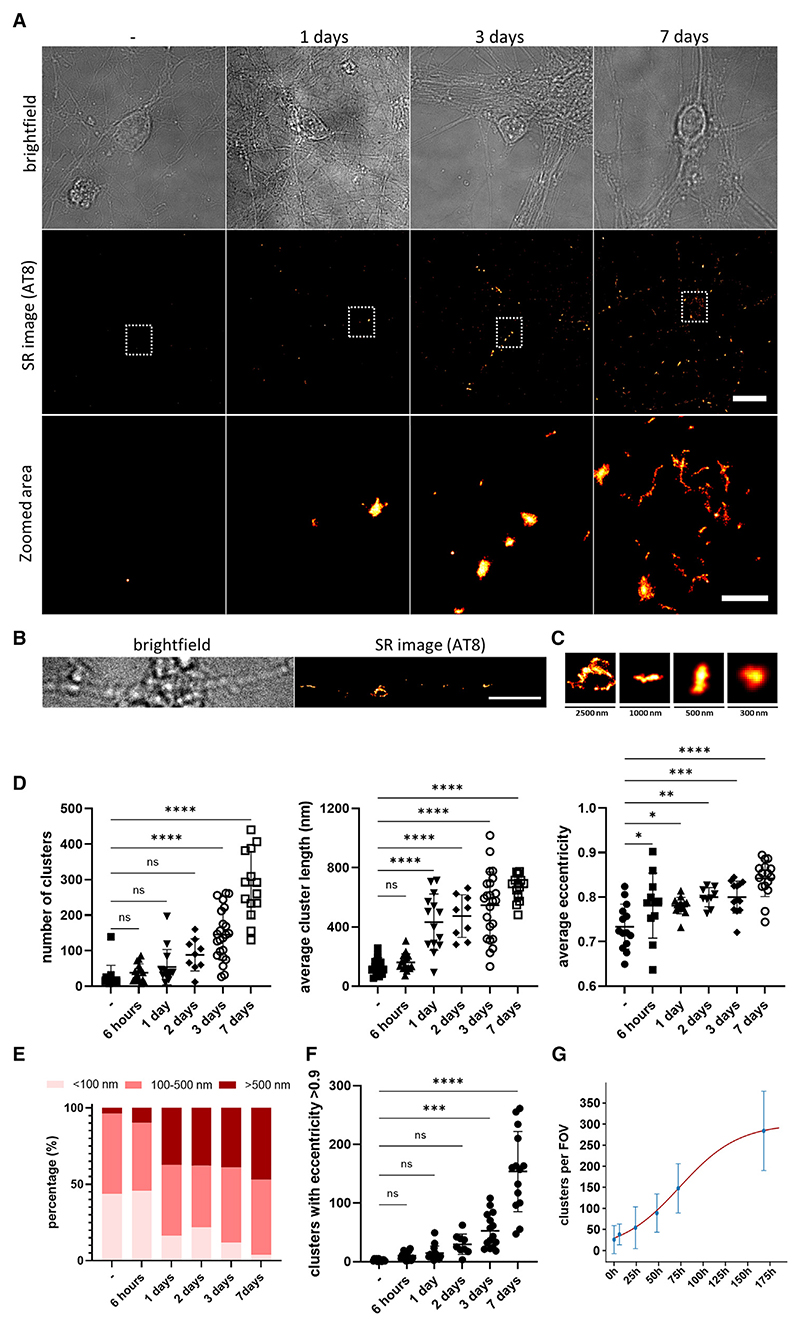Figure 3. Intracellular tau assemblies are formed upon treatment of primary cultures with recombinantly produced tau fibrils.
(A) DIV 7 primary cultures derived from P301S tau transgenic mice were treated with 100 nM recombinantly produced tau fibrils. At defined time points, the cultures were fixed and immunostained with the AT8 antibody for dSTORM imaging. Scale bars, 10 μm (top) and 2 μm (bottom).
(B) Representative bright-field and SR images of tau aggregates as detected in neuronal processes 3 days after treatment. Scale bar, 5 μm.
(C) Representative examples of individual tau aggregates of different sizes from (B).
(D) The number of assemblies detected per FOV as well as their lengths and average eccentricity were analyzed and plotted.
(E) The percentage of aggregates with length less than 100 nm or more than 500 nm was quantified.
(F) The number of tau assemblies with an eccentricity higher than 0.9 was plotted.
(G) Kinetic analysis of the formation of intracellular aggregates. Data are shown as mean values (±SD) from(D),but all data points are used in the fitting to a minimal model of replication. The statistical analysis was based on a one-way ANOVA test combined with Tukey’s post hoc test (n.s., not significant; *p < 0.05,**p < 0.01, ***p < 0.001, ****p < 0.0001) (n > 9 FOVs per condition were imaged from three biological replicates).
See also Figure S5 and Table S1.

